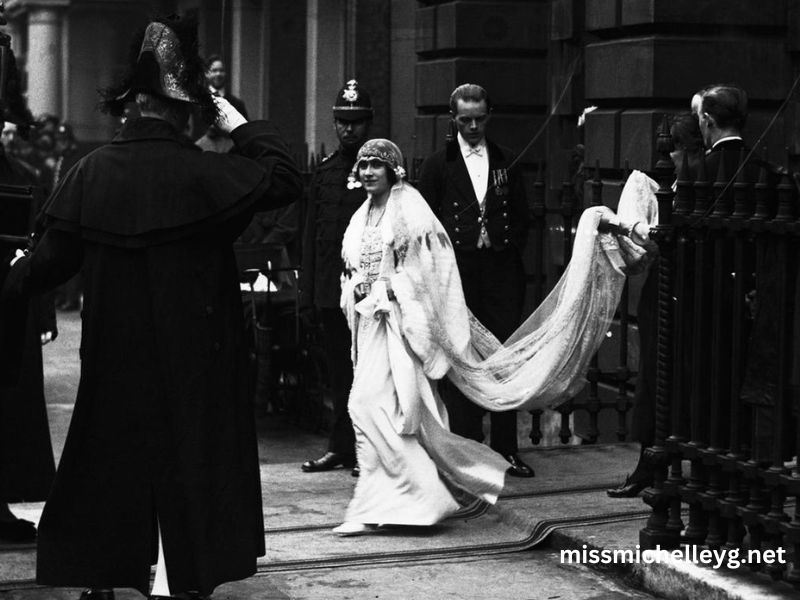Cecilia Nina Cavendish-Bentinck, known as Cecilia Bowes-Lyon, Countess of Strathmore and Kinghorne, was a distinguished British noblewoman whose life intertwined with the British royal family. Born on September 11, 1862, in Belgravia, Westminster, she was the eldest daughter of the Reverend Charles Cavendish-Bentinck and Louisa Burnaby. Her lineage connected her to prominent figures, including British Prime Minister William Cavendish-Bentinck, 3rd Duke of Portland.
Early Life and Marriage
In 1881, at the age of 19, Cecilia married Claude Bowes-Lyon, Lord Glamis, at St Peter’s Church in Petersham, Surrey. This union brought her into the Bowes-Lyon family, a lineage with deep roots in Scottish nobility. The couple had ten children, including Lady Elizabeth Angela Marguerite Bowes-Lyon, who would later become Queen Elizabeth The Queen Mother and the mother of Queen Elizabeth II.
Role as Countess
Upon the death of her father-in-law in 1904, Claude inherited the title of Earl of Strathmore and Kinghorne, elevating Cecilia to the status of Countess. The Strathmore estates encompassed two grand residences: Glamis Castle in Scotland and St Paul’s Walden Bury in Hertfordshire, England. As Countess, Cecilia was renowned for her hospitality and organizational skills. She was an accomplished pianist and took a hands-on approach in managing the estates, including designing the Italian Garden at Glamis Castle. Her deep religious faith, passion for gardening, and embroidery were central to her personal life.
World War I Contributions
During World War I, Glamis Castle was transformed into a convalescent hospital for wounded soldiers. Cecilia played an active role in this endeavor, providing care and support to the servicemen. Her dedication to this cause continued until she developed cancer, which led to her withdrawal from active duties.
Later Life and Legacy
In October 1921, Cecilia underwent a hysterectomy and was in recovery by May 1922. In January 1923, she celebrated the engagement of her youngest daughter, Elizabeth, to Prince Albert, Duke of York, who would later become King George VI. During the Edward VIII abdication crisis, when approached by the press for a photograph, she reportedly remarked, “I shouldn’t waste a photograph on me.” At the coronation of her daughter and son-in-law, Cecilia and her husband were seated in the royal box alongside the immediate royal family.
Cecilia Bowes-Lyon passed away on June 23, 1938, at the age of 75, following a heart attack during the wedding of her granddaughter, Anne Bowes-Lyon, to Viscount Anson. She was buried at Glamis Castle, the family seat. Her legacy endures through her children and grandchildren, notably her daughter, Queen Elizabeth The Queen Mother, and granddaughter, Queen Elizabeth II.
Conclusion
Cecilia Bowes-Lyon, Countess of Strathmore and Kinghorne, led a life marked by nobility, service, and dedication to her family and country. Her contributions during World War I, her role in the British aristocracy, and her influence on the royal family underscore her significant place in British history. Her story is a testament to the enduring impact of noblewomen in shaping the cultural and social fabric of their times.






